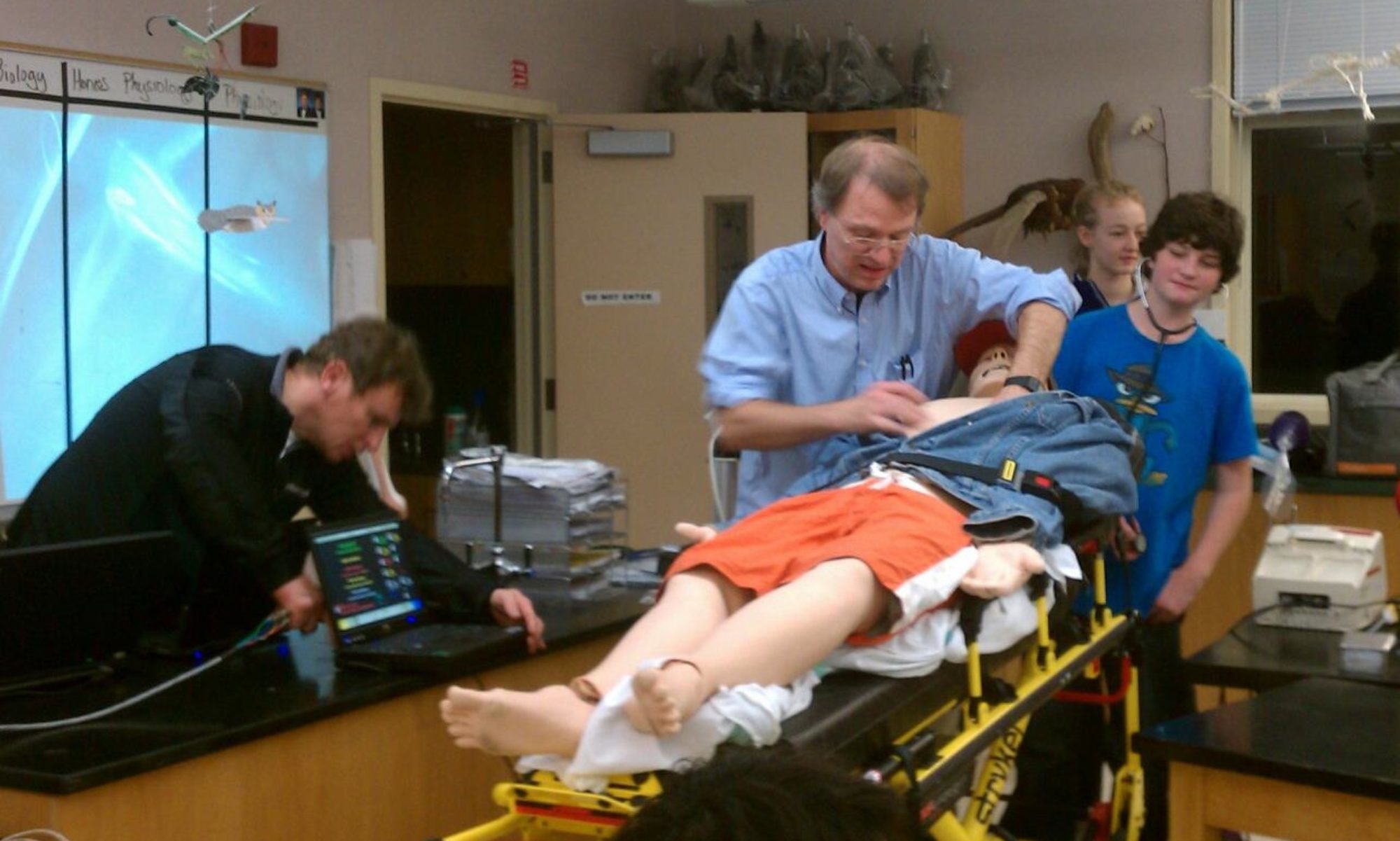by Angel Zhou, Branson School
 |
| Monkey Flower |
Monkey flowers and mice – two radically different things. Yet, biologists, like Dr. Katie Ferris, are studying how native monkey flowers and mice have adapted to drastically different environments.
Dr. Ferris currently works with Dr. Michael Nachman at UC Berkeley, using genetic sequencing and samples of monkey flowers and mice to show how organisms are often adapted to their local environment and that these adaptations are genetically based.
To learn more about Dr. Ferris and her work with Monkey flowers and mice, read the following interview:
1) How did you decide to enter your field of work?
I decided to become a biologist pretty early on in life. When I was little I loved being outside and interacting with the natural world, especially with plants. Because of my attraction to plants I often got in trouble for picking flowers in my mother’s garden. When I was three years old I picked off every single bright green new hosta lily shoot that popped out of the earth. My mother was furious that I had laid waste to her hostas. After she calmed down a little she told me that when I grew up I should be a botanist because then I could pick any plant that I wanted without getting in trouble. The notion stuck and I pursued biology throughout high school and into college. In college I got a job in a lab that studied plant evolutionary genetics and learned a lot of new and exciting things through doing my own research. That experience is how I became interested in my current field of the genetics of adaptation in wild organisms.
2) Describe your typical day at work as a geneticist. What are the best parts of your job? What are the worst parts?
My typical day at work involves several different kinds of activities, which is something I like. Typically I will attend a scientific talk on something related to my interests, do hands-on work with mice (or monkey flowers in my former job), spend an hour or two doing molecular biology in a wet lab and of course spend a little time working on my computer analyzing data or reading scientific papers. The work with animals and in the wet lab usually involved working with undergraduate students who volunteer in the lab in order to participate in research. Some of the best parts of my job are getting to work with students and trying to spread my love of biology and scientific research. I also enjoy the precious and satisfaction of laboratory work and the personalities of the mice. The worst part of my job is when I have to spend a lot of time dissecting dead mice. I did not go into medicine for a reason 🙂
3) How did you decide to study monkey flowers and wild mice specifically? What conclusions have you drawn thus far in your research?
I decided to study monkey flowers when I was interviewing for graduate school. I visited a lot of different labs that studied plants, but the monkey flowers were by far the most captivating. They are bright yellow, happy little things and closely related species live in an incredible range of different environments from old copper mine tailings to salty coastal sand dunes. They are just really cool plants. I became interested in wild mice because of the work my post-doc advisor had done on the genetics of mouse coloration. He found the genetic changes that caused light colored desert mice to become dark when they lived on black rock outcrops. The mice that live on the dark rocks can then blend in to their surroundings and are less likely to be eaten by predators. I like making hypotheses more than drawing conclusions, but I would say that the main conclusion I have drawn from my research so far is that organisms are often adapted to their local environment and that these adaptations are genetically based. I have also concluded that biology is very complicated
4) What is your ultimate goal in studying the genetics of adaption and speciation?
My ultimate goal in studying the genetics of adaptation and speciation is to understand better how the world around us works. I want to understand which genes are involved in important traits and if the same genes are used repeatedly to evolve the same traits in different organisms. In short, I want to know if the genetic basis of adaptation is predictable in any way. I also just generally want to contribute new knowledge to the scientific community. A better understanding of the genetic basis of ecologically important traits like drought tolerance or coat color can also be used by scientists in applied field to help improve agriculture or medicine.
 |
| Dr. Katie Ferris, UC Berkley |
To learn more about the genes and species’ adaptation to extreme environments, join us on Wednesday, April 1st for Dr. Katie Ferris’ seminar, “From Monkey Flowers to Wild Mice: A Tale of Genes, Adaptation and Extreme Environments” in Room 207 at Terra Linda High School in San Rafael. For more information, visit Marin Science Seminar’s Facebook page: https://www.facebook.com/events/850586588342167/







